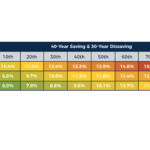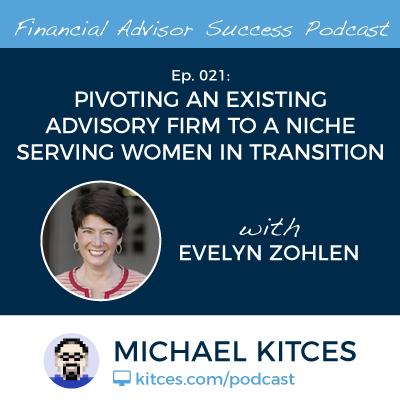 Welcome back to the twenty-second episode of the Financial Advisor Success podcast.
Welcome back to the twenty-second episode of the Financial Advisor Success podcast.
This week’s guest is Jude Boudreaux. Jude is the founder of Upperline Financial, a financial planning firm in New Orleans that works primarily with Gen X professionals in their 30s and 40s.
What’s fascinating about Jude’s practice is not only that he works with a much younger clientele than the typical financial advisor, but his unique pricing model – an annual retainer fee that’s calculated as 1% of the client’s income, plus half a percent of the client’s net worth. Which makes it feasible for him to work with that younger clientele, and deliver holistic financial planning, even if they don’t have any assets to manage. And thanks to his unique model, that's so well aligned to his target clientele, Jude has managed to grow his practice to capacity, at more than 150 clients and $400,000 of annual revenue, in only 6 years.
In this episode, Jude shares not only the details of his unique business model – including how he handles billing when there's no portfolio to bill from – but also his highly structured process for meeting with clients on a rotating basis three times per year, the kinds of financial planning issues he covers in those meetings to validate his fee structure, and what he did to fill in the income gaps while he was still growing to the point that he could replace his prior salary.
Jude also shares the exact marketing strategy he executed to get his 150 clients – by using blogging, Twitter, and media interviews to get him up to the #1 ranking Google result for "fee only financial planner in New Orleans". (Try the search yourself – you’ll see!) And now thanks to his successful local SEO strategy, all of his prospective local clients find their way to him. Even though, ironically, his own staff are all virtual and not in the New Orleans area!
And be certain to listen to the end, where Jude shares why it is that, even though he's successfully built a solo advisory practice to be very profitable, he's now looking to merge his firm into a larger advisory business, by taking a hard look at his personal strengths and where he wants to focus his energy in the future.
So whether you’ve been wondering how to structure a business model that lets you work with younger clients, or want to better systematize your own financial planning meeting process, or have been curious to hear how digital marketing is done by someone who dominated his local business opportunities, I hope you enjoy this latest episode of the Financial Advisor Success podcast!









 Welcome back to the twenty-first episode of the Financial Advisor Success podcast!
Welcome back to the twenty-first episode of the Financial Advisor Success podcast!
